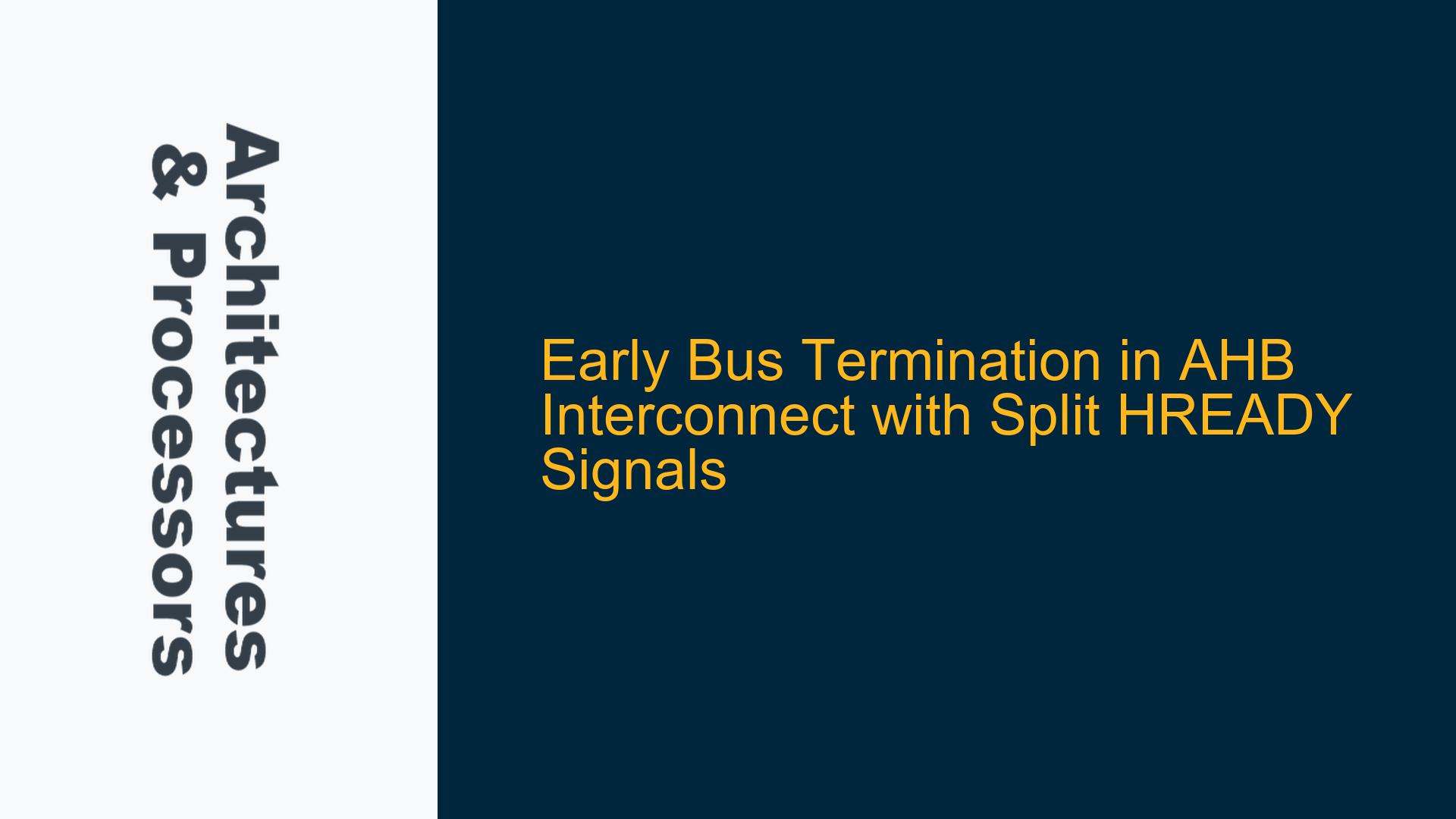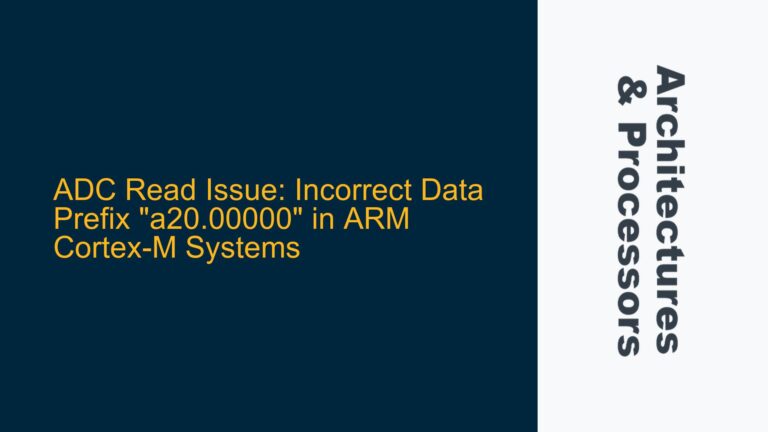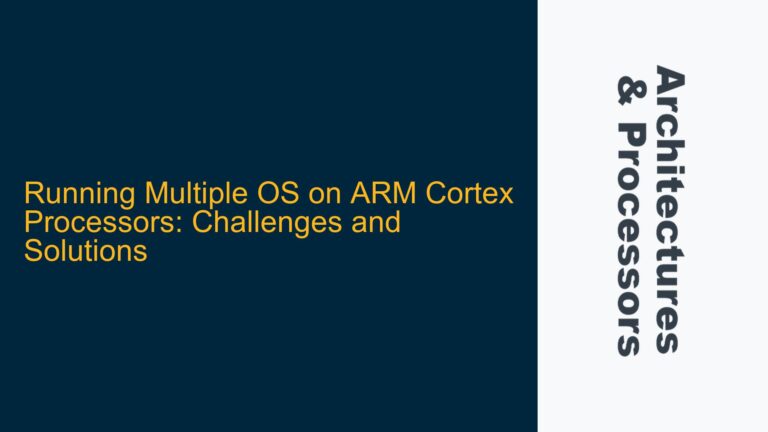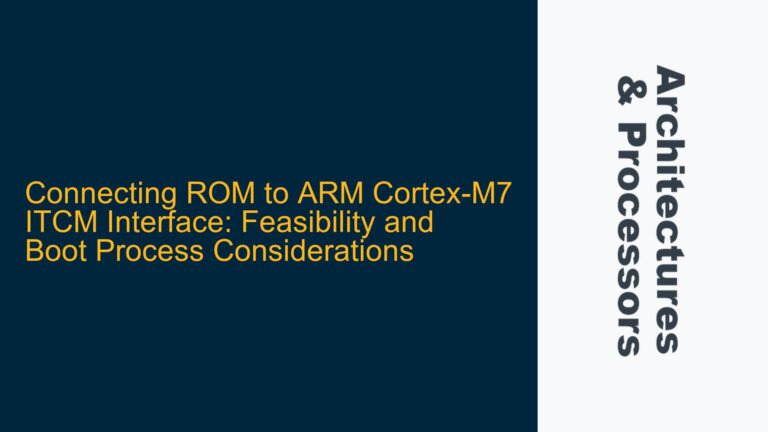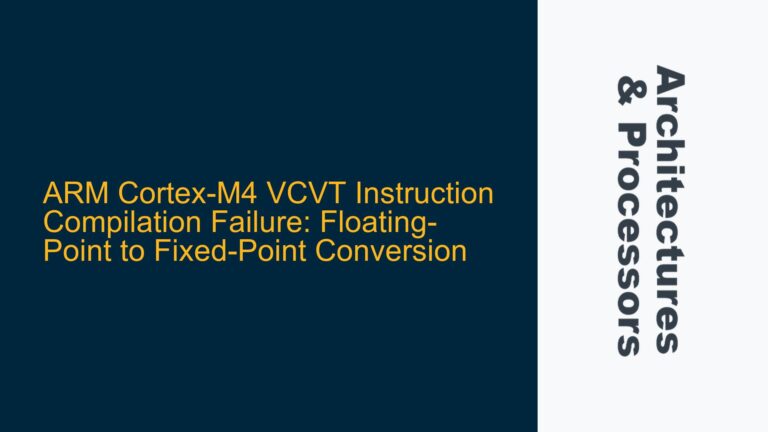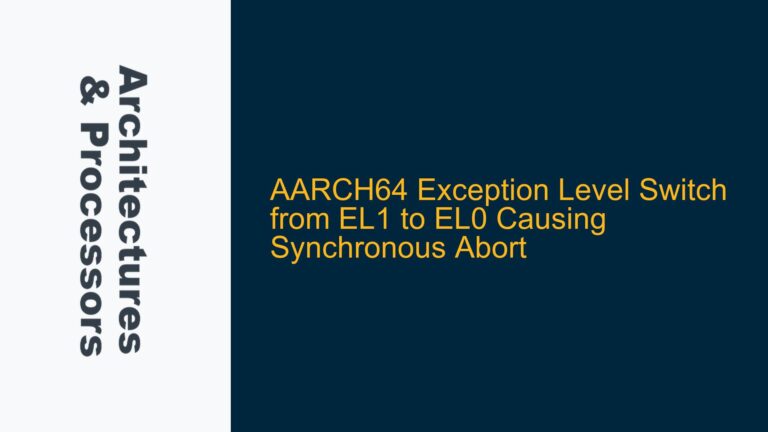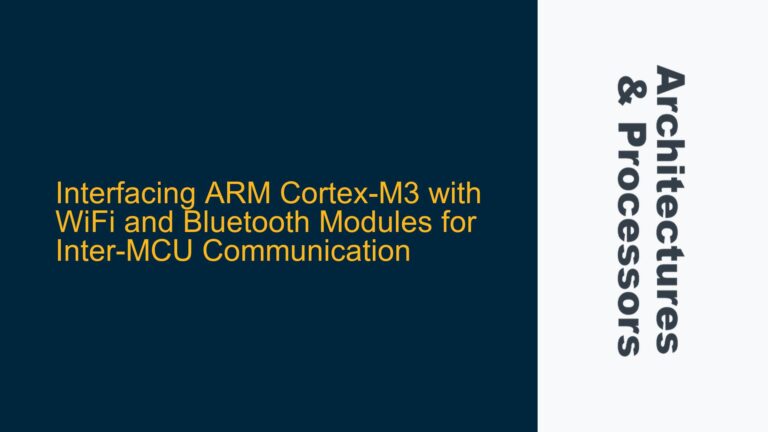AHB Interconnect Master Handover with Split HREADY Signaling
In Advanced High-performance Bus (AHB) interconnects, the handover between masters during data transfers is a critical operation that ensures seamless communication between multiple masters and slaves. A common challenge arises when a master is stalled during the data phase due to a low HREADY signal from the slave, while a new master attempts to initiate a transfer. The question at hand is whether it is permissible and feasible to split the HREADY signal such that the stalled master continues to receive a low HREADY, while the new master and the slave receive a high HREADY to proceed with the next address phase. This scenario requires a deep understanding of the AHB protocol, particularly the behavior of HREADY signals during master handover, and the role of the interconnect in managing these signals.
The AHB protocol specifies that the interconnect must support transitions between masters, but it does not explicitly detail how HREADY signals should be handled when multiple masters are involved in overlapping transactions. The protocol allows for wait states during the data phase, which can stall both the current master and the new master’s address phase. However, the scenario described introduces a more complex situation where the interconnect must manage separate HREADY signals for different masters and the slave, potentially allowing the new master to proceed while the current master remains stalled.
HREADY Signal Management and Protocol Compliance
The core of the issue lies in the management of the HREADY signal within the interconnect. The HREADY signal is used to indicate whether a transfer has completed or if additional wait states are required. In a typical AHB transaction, the HREADY signal is driven by the slave and propagated through the interconnect to the master. However, when multiple masters are involved, the interconnect must ensure that the HREADY signal is correctly routed to each master based on their current transaction state.
In the scenario described, the first master (Master 1) is stalled during the data phase due to a low HREADY signal from the slave. At the same time, a new master (Master 2) attempts to initiate a transfer. The interconnect must decide whether to allow Master 2 to proceed with its address phase while Master 1 remains stalled. This requires the interconnect to generate separate HREADY signals for Master 1, Master 2, and the slave.
The AHB protocol does not explicitly prohibit the splitting of HREADY signals in this manner. However, it does require that the interconnect ensure that no transfers are lost and that all transactions are completed correctly. The key consideration is whether the slave can handle receiving a high HREADY signal from the interconnect while simultaneously driving a low HREADYOUT signal to Master 1. This situation must be carefully managed to avoid protocol violations and ensure correct operation.
Implementing Split HREADY Signals in the Interconnect
To implement split HREADY signals in the interconnect, several steps must be taken to ensure protocol compliance and correct operation. The interconnect must be designed to handle separate HREADY signals for each master and the slave, and it must ensure that these signals are correctly synchronized and propagated.
First, the interconnect must detect when a master is stalled during the data phase due to a low HREADY signal from the slave. This can be done by monitoring the HREADYOUT signal from the slave and the HREADY signal to the master. When the interconnect detects that Master 1 is stalled, it must ensure that Master 1 continues to receive a low HREADY signal until the slave completes the data transfer.
At the same time, the interconnect must allow Master 2 to proceed with its address phase by providing a high HREADY signal. This requires the interconnect to generate separate HREADY signals for Master 1 and Master 2. The HREADY signal to Master 2 must be high to allow the address phase to be sampled, while the HREADY signal to Master 1 must remain low until the slave completes the data transfer.
The interconnect must also ensure that the slave receives the correct HREADY signal. In this case, the slave must receive a high HREADY signal from the interconnect to allow it to proceed with the next address phase, even though it is still driving a low HREADYOUT signal to Master 1. This requires careful synchronization to ensure that the slave does not misinterpret the HREADY signal and that the data transfer is completed correctly.
To achieve this, the interconnect must include additional logic to manage the separate HREADY signals. This logic must ensure that the HREADY signals are correctly synchronized and that no protocol violations occur. The interconnect must also ensure that the arbitration logic correctly prioritizes the transactions and that no transfers are lost during the handover.
In summary, the implementation of split HREADY signals in the AHB interconnect requires careful design and synchronization to ensure protocol compliance and correct operation. The interconnect must be able to manage separate HREADY signals for each master and the slave, and it must ensure that these signals are correctly propagated and synchronized. By following these steps, it is possible to implement split HREADY signals in the interconnect and allow for seamless master handover during data transfers.
Detailed Troubleshooting Steps and Solutions
Step 1: Analyze the Current Interconnect Design
The first step in troubleshooting the issue is to analyze the current interconnect design to understand how HREADY signals are managed. This involves reviewing the RTL code and simulation results to identify how the HREADY signals are generated and propagated. The goal is to determine whether the current design supports separate HREADY signals for each master and the slave, and whether the signals are correctly synchronized.
Step 2: Modify the Interconnect Logic to Support Split HREADY Signals
Once the current design has been analyzed, the next step is to modify the interconnect logic to support split HREADY signals. This involves adding additional logic to generate separate HREADY signals for each master and the slave. The logic must ensure that the HREADY signals are correctly synchronized and that no protocol violations occur.
Step 3: Verify the Modified Design Through Simulation
After modifying the interconnect logic, the next step is to verify the design through simulation. This involves creating test cases that simulate the scenario where Master 1 is stalled during the data phase while Master 2 attempts to initiate a transfer. The simulation must verify that the HREADY signals are correctly generated and propagated, and that the transactions are completed correctly.
Step 4: Perform Protocol Compliance Checks
Once the simulation has been completed, the next step is to perform protocol compliance checks to ensure that the modified design adheres to the AHB protocol. This involves reviewing the simulation results and comparing them against the protocol specifications to ensure that no violations have occurred.
Step 5: Optimize the Interconnect for Performance
Finally, the interconnect must be optimized for performance to ensure that the split HREADY signals do not introduce additional latency or reduce the overall performance of the system. This involves analyzing the timing and performance of the interconnect and making any necessary adjustments to ensure that the system meets its performance requirements.
Conclusion
In conclusion, the implementation of split HREADY signals in the AHB interconnect is a complex but feasible task that requires careful design and synchronization. By following the steps outlined above, it is possible to implement split HREADY signals in the interconnect and allow for seamless master handover during data transfers. The key is to ensure that the HREADY signals are correctly generated and propagated, and that the design adheres to the AHB protocol. With careful design and verification, it is possible to achieve a robust and efficient interconnect that supports split HREADY signals and ensures correct operation in all scenarios.
